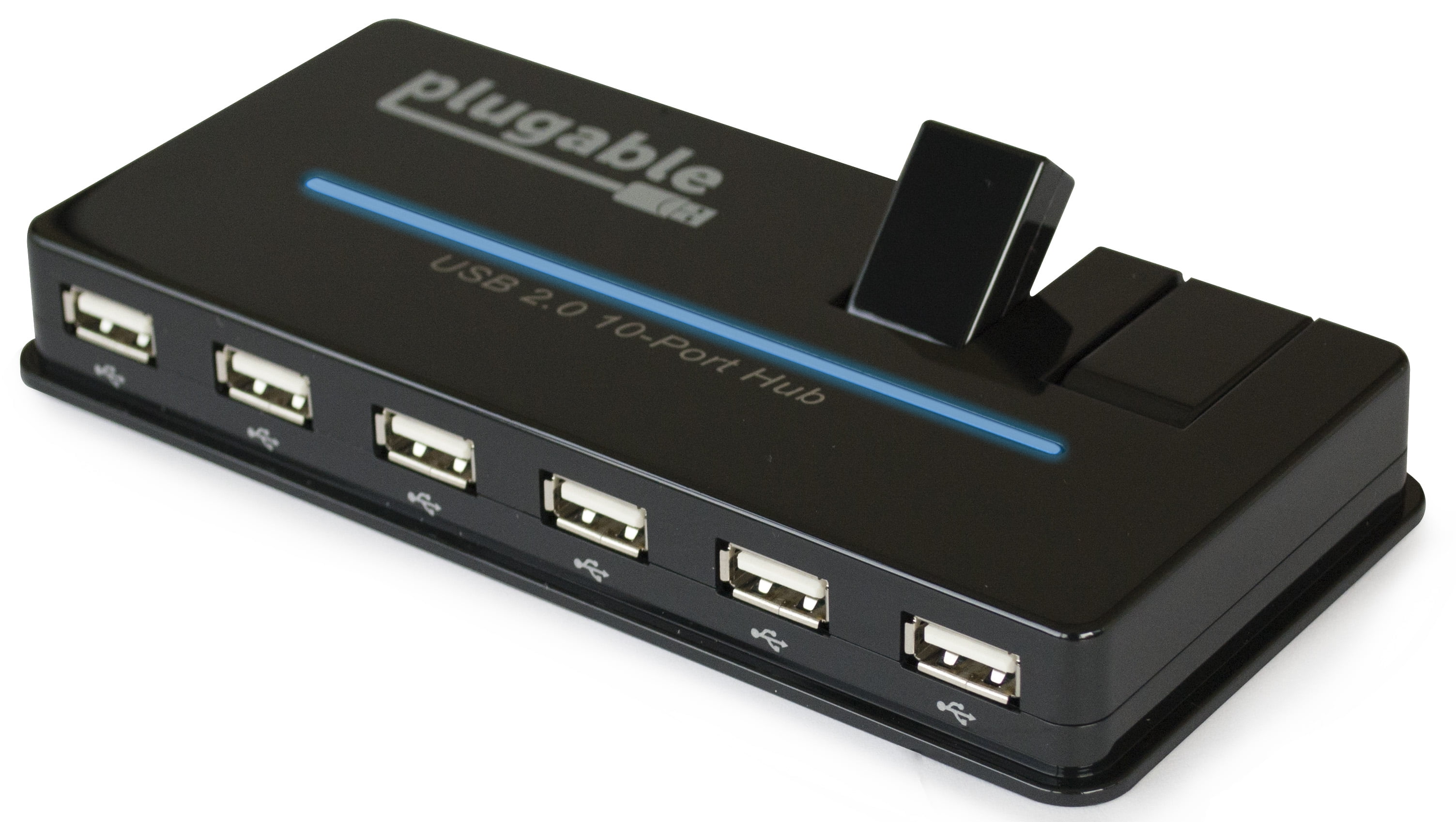Getting The Best HD Hub For 4U: Your Guide To High-Quality Content Today
Are you looking for the best HD experience for your viewing pleasure? It seems like everyone is talking about high-definition content these days, and it's a bit much to keep up with, so figuring out what "HD hub for 4U" really means can feel like a puzzle, you know?
Well, this article is here to help clear things up. We'll explore what makes content truly high-definition, from crisp pictures to clear sound, and how you can get that amazing quality right into your home. This guide is all about helping you understand the different options out there, so you can pick what works best for you, too.
We'll talk about what HD means, what 4K UHD brings to the table, and even a little about the sound that goes with it. You'll get practical ideas for making your entertainment look and sound its best, more or less, and find out how to set up your very own high-quality content center.
- Social Classes In Mesopotamia
- Is Emily Compagno Married
- Movie Rullz
- Erome Camila Araujo
- Bill Hemmer Wife
Table of Contents
- What Does HD Really Mean?
- Why 4K UHD is a Big Deal for You
- Sound Matters: High-Quality Audio for Your HD Hub
- Setting Up Your Personal HD Hub for 4U
- Frequently Asked Questions About HD and 4K
- Bringing It All Together for Your Viewing Pleasure
What Does HD Really Mean?
When people talk about "HD," they are pretty much talking about "High Definition Television," or HDTV. This is a way of saying that the picture you see is much clearer and has more detail than older, standard television pictures. It's a noticeable step up, you know?
Online, if you find a movie listed as "HD high-quality version," that means it came from an HDTV source. It was recorded from a high-definition television signal, typically. This ensures a better viewing experience than what you might have been used to years ago, so.
Understanding Resolutions: From HD to 4K
The term "resolution" tells you how many tiny dots, or pixels, make up the picture on your screen. More pixels generally mean a sharper, more detailed image. When we talk about HD, we often mean a resolution of 1080P, which is sometimes called "Full HD." This means the screen has 1080 lines of pixels going across, and usually around 1920 pixels going down, more or less.
Then there's 4K UHD. This is a big jump from HD. For a display to be called "Ultra HD," it has to meet certain conditions, according to the Consumer Electronics Association (CEA). First off, the screen needs to have at least 8 million effective pixels, which is usually 3840 by 2160 pixels. This is a lot more detail, obviously.
So, you might see 1080P and 2160P as the main choices right now. 1080P is for HD, and 2160P is for 4K UHD. If you have a 4K television, it's a good idea to pick 2160P content first. But keep in mind, some older movies, like "Kung Fu" by Stephen Chow, might not be available in true 4K, even if they've been spruced up a bit, you know?
Common high-definition resolutions you'll hear about include 720P, 1080P, Blu-ray quality, 2K, and 4K. Each one offers a different level of picture clarity, with 4K being the clearest of these, generally.
The Role of Pixels in Picture Quality
Think of pixels like tiny little building blocks that make up the picture on your screen. The more of these blocks you have packed into a certain space, the finer the details your picture can show. It's really that simple, in a way.
For example, a screen with a resolution of 1024 by 768 means there are 1024 pixel dots along each horizontal line, and there are 768 such lines. So, you have 1024 columns of pixels and 768 rows. When you have millions of these pixels, like with 4K, the image looks incredibly smooth and lifelike, almost.
This is why upgrading from a standard definition screen to an HD one, and then perhaps to a 4K one, makes such a big visual difference. Each step up adds more of these tiny building blocks, making everything on screen look much sharper and more real, you know?
Why 4K UHD is a Big Deal for You
4K Ultra HD is a pretty big deal because it brings an incredible level of detail to your viewing. With four times the pixels of regular Full HD, the images on a 4K screen are noticeably clearer and more vibrant. You might see textures in clothing, individual leaves on trees, or tiny expressions on faces that you'd miss otherwise. It really makes a difference, actually.
This higher resolution means you can sit closer to a large screen without seeing individual pixels, which makes the viewing experience more immersive. It's like looking through a very clean window instead of at a screen, sometimes.
Is Your TV Ready for 4K?
If you're thinking about enjoying 4K content, the first thing to check is if your television can even show it. Many newer TVs are 4K capable, but older ones might not be. If you already have a 4K TV, you're in a good spot to start enjoying that higher resolution, which is 2160P, as we talked about earlier.
But even with a 4K TV, some older movies or shows might not have been created in 4K. For instance, classic films, like that "Kung Fu" movie, might only be available in HD or even standard definition. While your 4K TV might try to make them look better (this is called upscaling), it won't be true 4K quality. So, it's something to keep in mind, you know?
Finding 4K Content
Once you have a 4K TV, the next step is finding things to watch in that amazing quality. Luckily, there are more and more places to find 4K content these days. Streaming services like Netflix, Amazon Prime Video, and Disney+ offer a growing library of movies and shows in 4K, often with HDR (High Dynamic Range) for even better colors and contrast, too.
You can also find 4K movies on physical media, like Ultra HD Blu-ray discs. These discs usually offer the very best picture and sound quality, as they don't rely on internet speeds. Some gaming consoles also support 4K gaming, which can look pretty incredible on a big screen. So, you have options, clearly.
Sound Matters: High-Quality Audio for Your HD Hub
While the picture gets a lot of attention, great sound is just as important for a truly immersive entertainment experience. High-definition content isn't just about what you see; it's also about what you hear. A high-quality audio setup can make movies, music, and games feel much more real and engaging, you know?
Just like with video, there are different formats and ways to get better sound. Paying attention to your audio can really complete your personal "HD hub for 4U," making every viewing session feel special, in a way.
Common Audio Formats You'll See
When you're looking at high-quality video files or Blu-ray discs, you'll often see different audio formats listed. These are basically different ways that sound information is packaged. Some common ones include DTS, AC5.1, LPCM, DTS-HD, and TrueHD. These are all audio formats that aim to deliver clear, rich sound, often with multiple channels for a surround sound experience, too.
Then there's Atmos, which specifically refers to Dolby Atmos. This is a newer kind of audio technology that adds height channels, making sound seem to come from all around you, even from above. It creates a really three-dimensional sound experience, which is pretty cool. If a movie has special added Chinese voice-overs, those will also be encoded in one of these formats, usually.
Wireless Audio and HD Sound
For those who prefer wireless headphones or speakers, there are special ways to get high-quality sound without wires. Many Bluetooth headphones, especially those using Qualcomm technology, support something called aptX HD encoding. This increases the amount of data that can be sent, almost doubling it to 576 kilobits per second. This means the sound quality gets a big boost, though it might add a tiny bit of delay, you know?
Another high-quality wireless audio option is LDAC encoding, which is often found in Sony's mid-range and higher-end Bluetooth headphones. LDAC also aims to deliver excellent sound over a wireless connection, giving you a great listening experience without being tied down by cables. So, even wirelessly, you can get really good audio, apparently.
Setting Up Your Personal HD Hub for 4U
Creating your ideal "HD hub for 4U" is about putting together the right pieces to get the best possible picture and sound. It doesn't have to be overly complicated, but a few thoughtful choices can make a big difference in how much you enjoy your entertainment, you know?
It's about making sure your display, your content source, and your audio system all work well together. This section will give you some ideas on how to get everything set up for a truly great viewing experience, basically.
Choosing the Right Display
Your display is where all the action happens. This could be a television or a computer monitor. When picking one, think about the size that fits your space and your viewing habits. Of course, you'll want to consider the resolution – whether you're aiming for Full HD (1080P) or stepping up to 4K UHD (2160P).
This article, for instance, is updated regularly to reflect changes in market prices, new product releases, and what offers the best value for money in different price ranges. So, keeping an eye on current recommendations for displays is a smart move. Look for displays that support HDR if you want the best color and contrast, too.
Connecting Your Devices
Getting everything hooked up correctly is pretty important. For the best picture and sound, you'll typically use HDMI cables. Make sure you're using HDMI cables that can handle the resolution you want to send. For 4K content, you'll need an HDMI 2.0 or newer cable and ports on your devices, usually.
If you're streaming content, a strong and stable internet connection is absolutely key. 4K content uses a lot of data, so a fast Wi-Fi connection or, even better, a wired Ethernet connection will help prevent buffering and ensure a smooth viewing experience. It's a small detail that makes a big difference, you know?
Making the Most of Your Content
To truly enjoy your HD content, consider your viewing environment. Dimming the lights can make the colors pop and reduce glare. Also, make sure your display settings are optimized. Sometimes, TVs come with settings that aren't quite right out of the box, so a little tweaking can improve the picture significantly, in a way.
For audio, positioning your speakers correctly can create a much more immersive soundstage. If you have a soundbar or a surround sound system, follow the manufacturer's guidelines for placement. Even small adjustments can make your high-quality audio really shine, you know? It's all about fine-tuning your setup for your personal enjoyment, apparently.
Frequently Asked Questions About HD and 4K
What is the main difference between HD and 4K resolution?
The biggest difference between HD and 4K resolution is the number of pixels on the screen. HD, often meaning 1080P, has about 2 million pixels. 4K, or 2160P, has around 8 million pixels. This means 4K pictures are much more detailed and sharper, with a lot more visual information packed in, generally.
Can I watch 4K content on an HD TV?
You can technically play 4K content on an HD TV, but it won't be in true 4K resolution. Your HD TV will "downscale" the 4K content to fit its own 1080P (or 720P) resolution. So, while you'll see the picture, you won't get the full benefit of the 4K clarity. It's like trying to fit a very big picture into a smaller frame, you know?
What does "HD hub for 4u" typically refer to?
When people talk about an "HD hub for 4u," they are usually referring to a system or collection of resources that allows you to access and enjoy high-definition content, specifically tailored "for you." This could mean a streaming service, a media server, or even your home entertainment setup designed to deliver the best possible HD and 4K viewing and listening experience, more or less.
Bringing It All Together for Your Viewing Pleasure
Putting together your own "hd hub for 4u" is really about making your entertainment experience the best it can be. It involves understanding what high definition means, from the pixels that make up your picture to the various audio formats that bring sound to life. It's also about choosing the right equipment and setting it up in a way that truly lets you enjoy all that amazing content, you know?
Whether you're just starting to explore HD or you're ready to jump into the world of 4K, there are options for everyone. The key is to think about what matters most to you in terms of picture quality and sound, and then find the pieces that fit your needs and budget. It's a journey of discovery, in a way, finding what makes your viewing truly special.
We've gone over the basics of resolutions, the importance of pixels, and how 4K UHD can really change how you watch things. We also touched on how crucial good sound is, and what different audio formats and wireless options can offer. Remember, a great entertainment setup is a blend of visual and auditory delight, so.
To learn more about high-definition technology on our site, and for even more tips, you might want to link to this page our guide to display choices. We're always here to help you make sense of the latest in home entertainment, you know?
As a final thought, keeping up with the latest in display technology can feel a bit like a moving target. Standards like those set by the CEA for Ultra HD are always evolving, but the core idea remains the same: delivering a more lifelike and engaging experience right to your living room. For more information on industry standards, you can always check out organizations like the Consumer Technology Association (CTA), which oversees the CEA requirements. They are a good source for official definitions and guidelines, too.
- Letitia James Weight
- Erome Camila Araujo
- V3 Vegamovies.bitbucket.io
- Who Is Joe Rogans Wife
- Movie Rullz

HD Hub 4u Com 2024: The Ultimate Guide To High-Quality Streaming

Discover The Best Movies And Shows With HD Hub 4u

Exploring The World Of Hdhub4u: A Comprehensive Guide